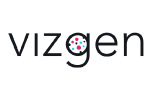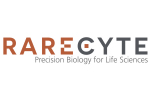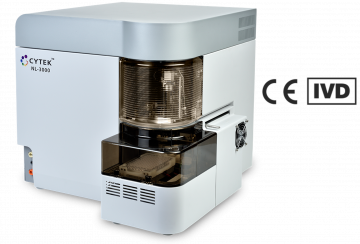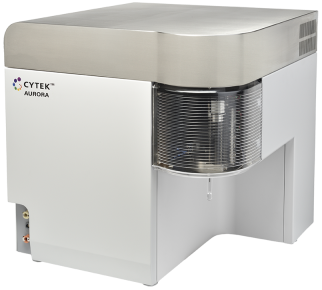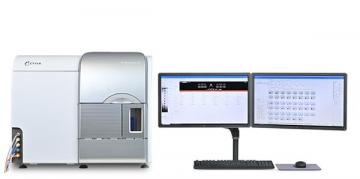Spectral flow cytometry allows simultaneous evaluation of 30-40 (or more) markers in a single panel with high resolution. In contrast, traditional flow cytometry utilizing 10-20 parameters limits users to either broad immune phenotyping, or deep targeted profiling of a specific cell lineage. The ability to perform both broad and deep immune profiling with a single spectral flow cytometry panel has created new opportunities for users to leverage spectral flow as a bona fide discovery tool for research. Unfortunately, building and optimizing antibody panels of this size remains a daunting task for many labs. The goal of this webinar is to provide a real-world and accessible perspective on how to design and implement antibody panels exceeding 30 parameters for immune profiling of murine tumor and lymphoid tissues. First, we will walk through the genesis and optimization of a 34-parameter spectral cytometry panel for mouse immune profiling. We will then present how this panel was used to generate a temporal map of cancer immunoediting that identified novel CD4+ T cell phenotypes associated with tumor immune escape. We will also discuss the flexibility of the panel to provide insight into other disease contexts, including assessing the dynamics of tumor-associated regulatory T cell phenotypes in response to low vs. high-dose gemcitabine chemotherapy. After this webinar, attendees will understand the steps required to optimize 30+ parameter panels for spectral flow cytometry and strategies for the successful implementation of new panels in their research.
Key topics discussed in the webinar will include:
- Principles of and available resources for high parameter spectral flow cytometry panel design
- Steps in optimizing and validating new panels
- How high parameter spectral flow cytometry data can be analyzed and integrated into the user’s own research projects
Thursday August 3, 2023, 17:00 CEST
Casey Ager, Assistant Professor of Immunology, Mayo Clinic
Join the webinar!

